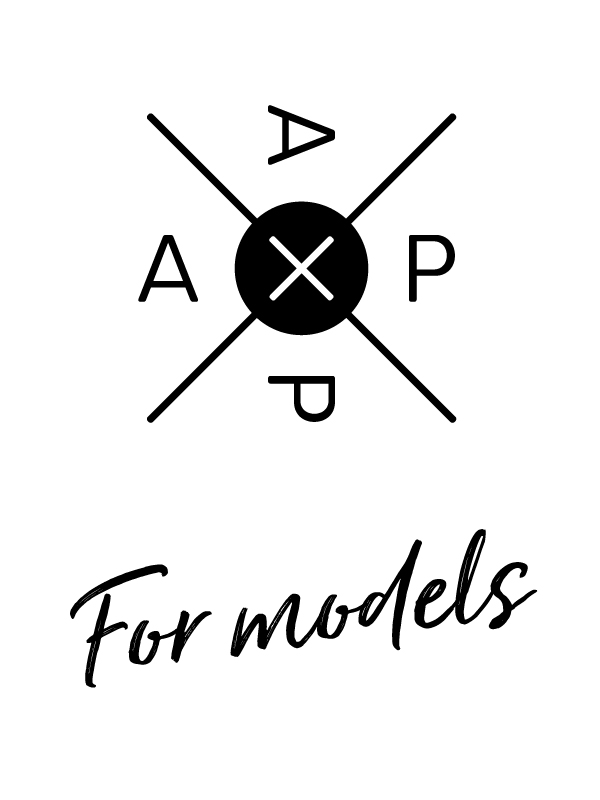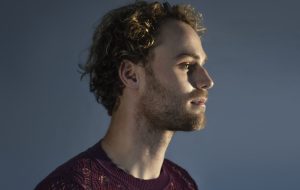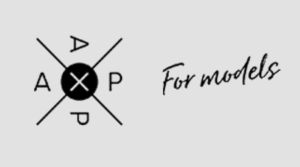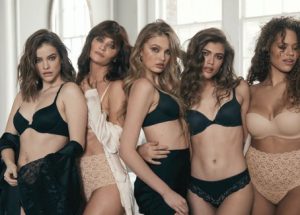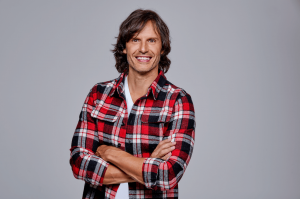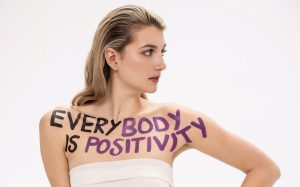Tax return. Not necessarily the sexiest part of modelling. In all the commotion, the financial side of things is sometimes forgotten and that can cause a lot of stress. Danny van Aalst (27) and Lianne van Vliet (34) work at AXP For Models and give models financial advice in a personal way. With knowledge and expertise AXP For Models helps about 200 models with amongst others financial administration and tax return in the Netherlands. The Model’s Health Pledge spoke with them about self-employment, the common pitfalls, and customized advice.
1. What can AXP For Models mean for models?
Lianne: “AXP For Models is a financial sounding board where models can go with different questions. We know a lot about their personal life, like moving, having children, or making investments. This information can have an impact on the financial and fiscal situation. We also facilitate an extra pair of eyes when a model signs a contract with an agency.”
Danny: “Models use our services and we only represent the interests of the model. AXP For Models works with fixed rates for standard services, such as sales tax returns, income tax returns, small consultancy questions, and administration. For special services that do not occur annually, for example, a mortgage application, we communicate the expected rate in advance.”
2. Why has AXP For Models joined as a pledge partner?
Lianne: “Ten years ago, I started AXP For Models together with my partner Mario de Laat (51). In consultation with a large Dutch modeling agency, the demand arose for an accountancy firm that could help models. From the start of The Models Health Pledge, AXP For Models has been a pledge partner. Besides the fashion, nutrition, and sports part, a lack of clarity in the financial story can also cause an unhealthy form of stress. This is the piece in which we can help models.”
3. Where do you see opportunities for the pledge?
Lianne: “Apart from spreading the message that the pledge exists; it should be emphasized that the pledge is autonomous. Of course, it is good that model agencies and designers are affiliated, but in the first place, The Model’s Health Pledge is a safe and independent place for models. The transparent attitude of TMHP certainly contributes to this: who is responsible for the policy, who are the experts, and where does a report end up.”
Danny: “The more people are connected, the greater the support for change becomes. Insurers, financial intermediaries, sports consultants, but also photographers, and stylists. The latter group is also present on a shoot day and can observe certain things, for example, if a model has been working an unhealthily long day. An extra pair of eyes on the set can sometimes make all the difference.”
4. Most people don’t necessarily see models as self-employed. Why is that?
Danny: “The fact that models are working for an agency does not mean that they are employees. A model agency is an intermediary. If there is no assignment, the model will not earn any money. In addition, models also run a debtor’s risk: if an invoice is not paid because the client, the company that booked the model, goes bankrupt, that is at the model’s own risk. Models soon reach a point where they start earning quite a bit of money, often at a young age. It is therefore smart if they have already registered with the Chamber of Commerce as entrepreneurs to benefit from the additional tax advantages.”
5. Which questions and pitfalls are most common?
Lianne: “Young models often ask us what the difference is between sales and income tax and how working abroad can affect this. Older models are curious about the best way to manage their money: making an investment, saving tax, or setting up a company.
Danny: “We also see that there is sometimes a lack of clarity about the net amount that is ultimately paid to the model. Model agencies work with two types of commission: one part is charged to the client and the other to the model. This is often communicated incorrectly and thus misinterpreted by the model, which leads to disappointment about the final amount paid to their bank account. In terms of expectation management, agencies can therefore still do much better.”
6. Tips for (future) models?
Danny: “It is important to keep in mind that everyone’s fiscal situation is unique. That is why it is impossible to compare yourself with others. Also, do not wait too long with registering at the Chamber of Commerce as an entrepreneur. And finally, get good advice. An intake without commitment with us is always possible.”
